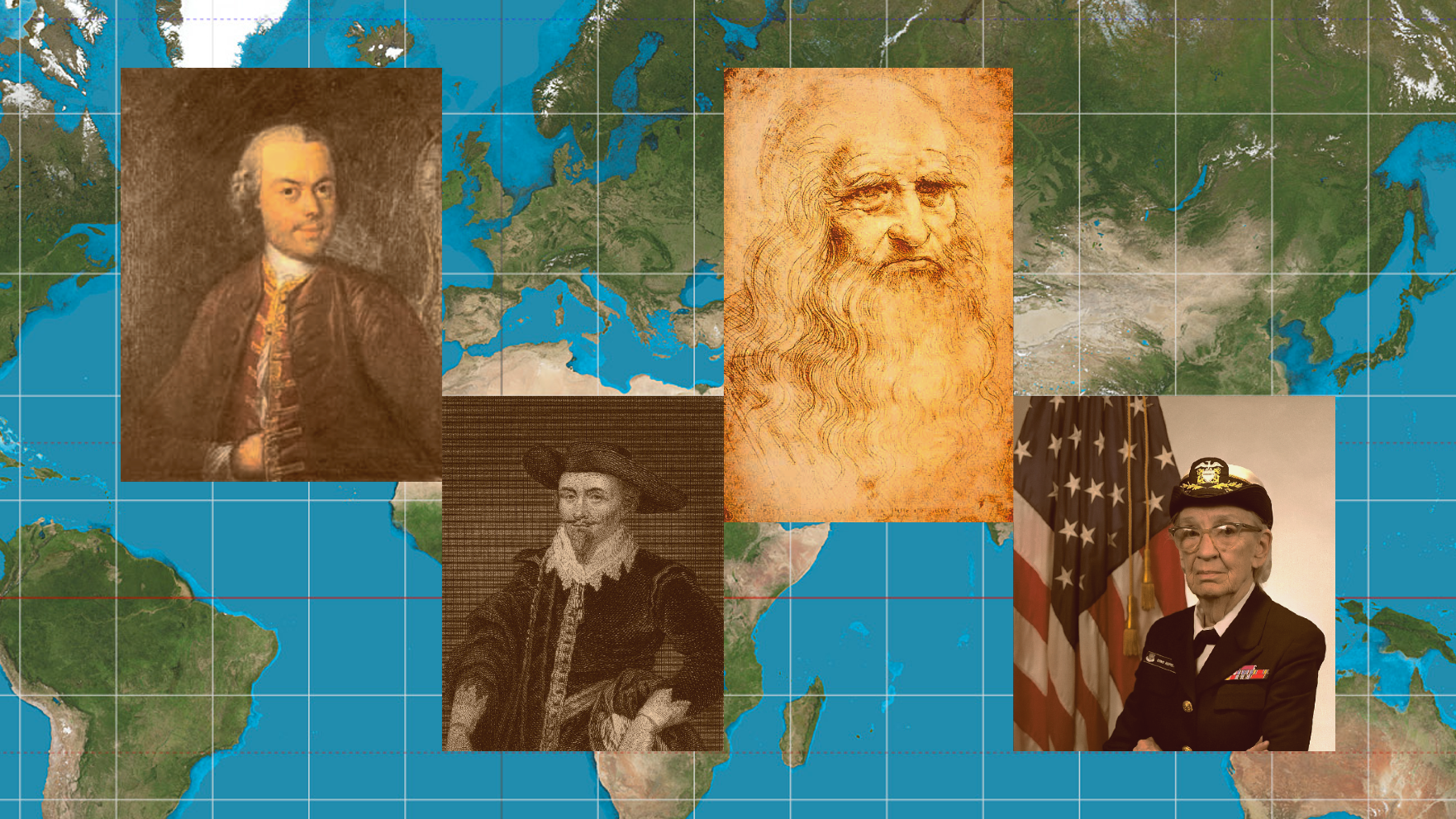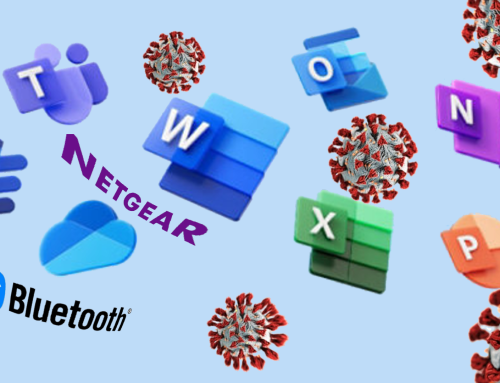Welcome back to part 2 of everything you need to know about IT support including the kitchen sink, and congratulations for making it this far, I know it’s not normally viewed as an interesting topic, however, as you have just discovered (if you have read part 1 of course) it’s far from boring.
However if you haven’t already read Part 1 then please do so HERE.
To briefly recap we looked at incredibly advanced ancient Greek technology, the Antikythera mechanism dating back to around 205 BC which is possibly the world’s first analog computer, we then discovered that most of this advanced technology pretty much disappeared for centuries not reappearing until at least the mid 1600s with the creation of the Pascaline a calculating device created by French mathematician and philosopher Blaise Pascal in 1642, this was followed by the creation of fully functioning automata like these amazing creations by Pierre Jaquet-Droz from the 1770s:
And it was these devices of the 1600s and 1700s that influenced the birth of electromechanical computers. We then discovered that a computer on board US submarines in the mid to late 1930s known as the TDC (Torpedo Data Computer) was in fact the very first electromechanical computer, outstripping the competition by at least a couple of years, but something that I did not mention in the history was where and when the name or term computer was first used.
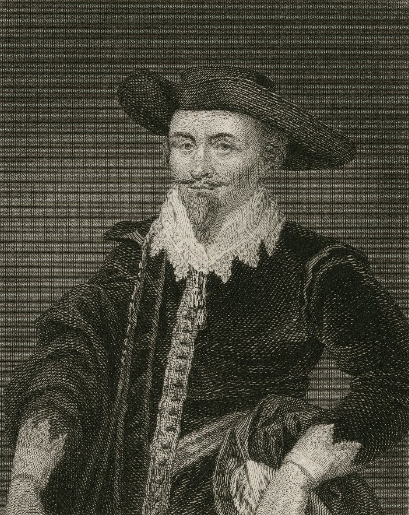
The earliest known use of the word computer dates back to 1613, the English writer Richard Brathwaite coined the term in his book ‘The Yong Mans Gleanings’ where he referred to people who could calculate mathematical equations in their heads as ‘human computers’. The term which became popular was sadly used as a more derogatory one thereafter, accounting jobs titled ‘Computer’ up until the 1950s were predominately offered to women in order to pay them less for the same role as a male accountant.
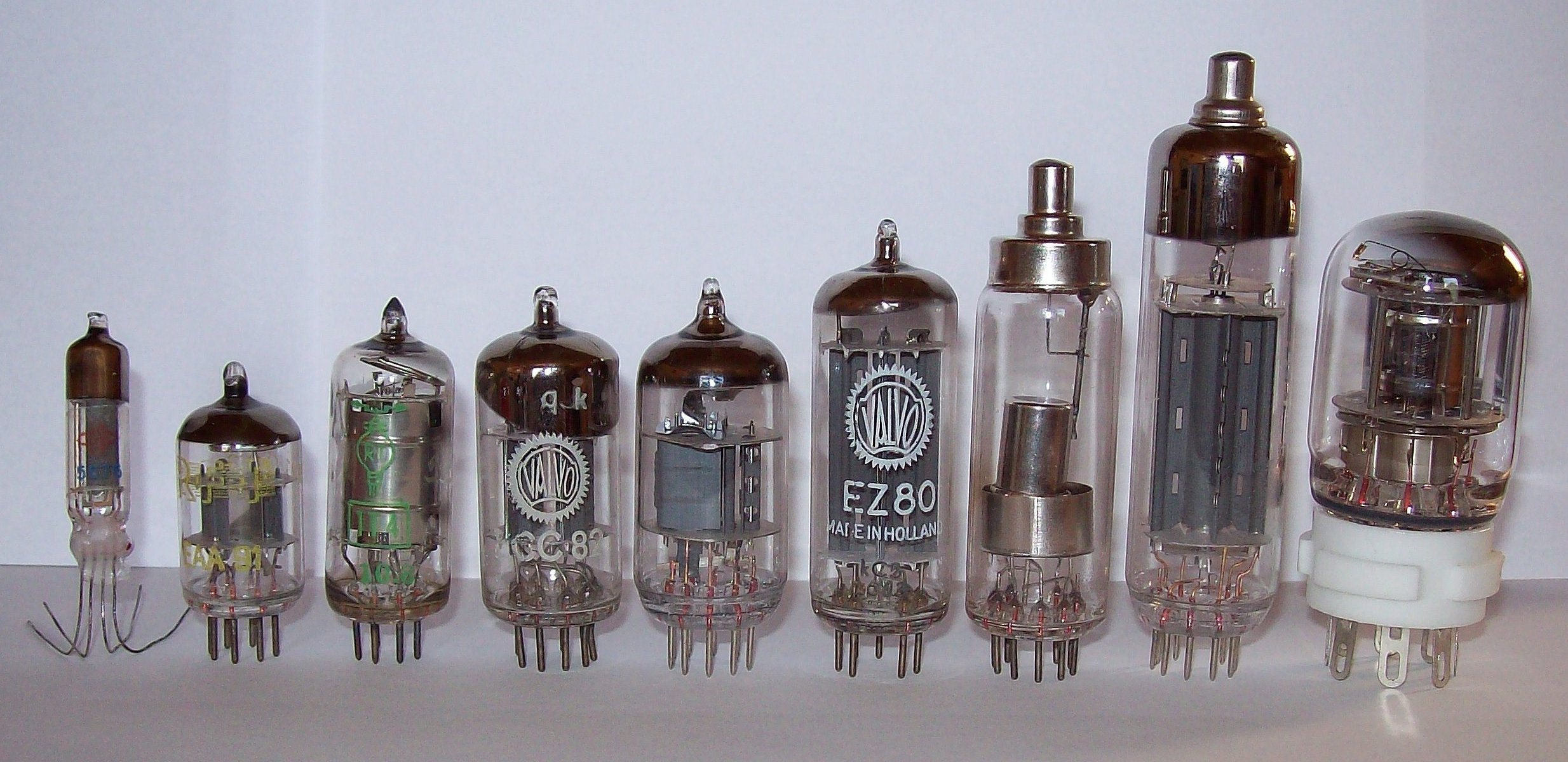
Image by Stefan Riepl on Wikipedia
So where next does our journey take us?
Following the analog, mechanical and electromechanical computers came the age of digital electronic computers using vacuums and state of the art circuitry. Now as we have already learned, over the many thousands of years before approximately the mid 1700s, other than the likes of the Antikythera mechanism, and the Pascaline, the majority of technological advancements were predominately made as items to entertain the rich, because they were the few who could afford to buy them, the only other times technologies like these with practical intention were being designed, tested and developed were during wars like these magnificent military machines designed by Leonardo da Vinci from around the 1480s after he was drafted in to the army. In fact Leonardo’s story from that time was a funny and remarkable one, In 1480 every teenage boy had to join the army in some capacity, Leonardo didn’t want to fight so worked hard to convince his seniors that he should be helping the military design and build combat weapons and machinery, however as he disliked war and violence he purposely gave the wrong dimensions for every design to ensure that none of his machines and weapons once built would work.
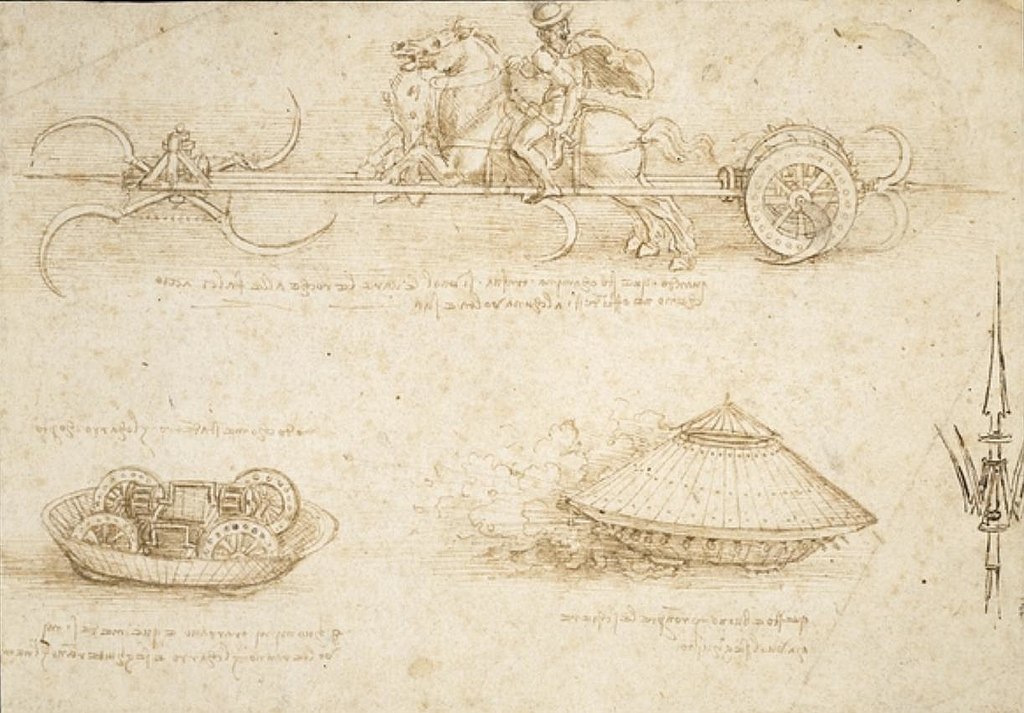
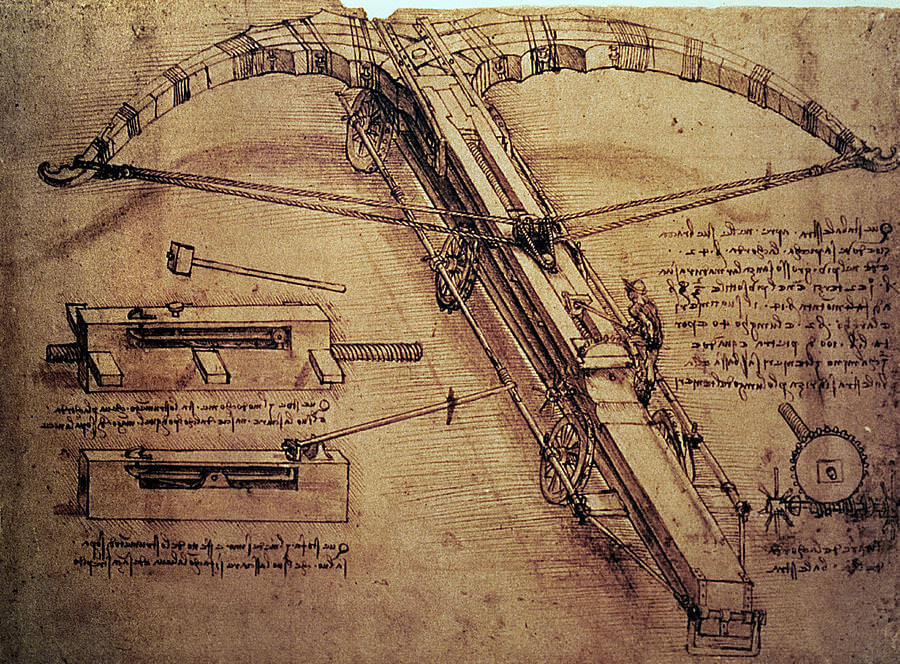
And in many respects and as terrible as this sounds, we have to thank wars for the vast majority of the technology that we use in our daily lives, from duct tape and nuclear energy to jet engines and satellite navigation, but there are few inventions that were as Colossus as our next invention the Colossus, sorry, yet another bad attempt to a joke. The Colossus was the world’s first electronic digital programmable computer, a catchy title I know, it was built by the General Post Office research telephone engineer Tommy Flowers, a remarkable and unusual device, the first version used in 1943 was powered by 1,500 vacuum tubes and roles of perforated paper-tape that imputed information that the electronic digital programmable computer device (see catchy!) would untangle using an algebraic calculation to decode encrypted German messages, it was to say the least ingenious.
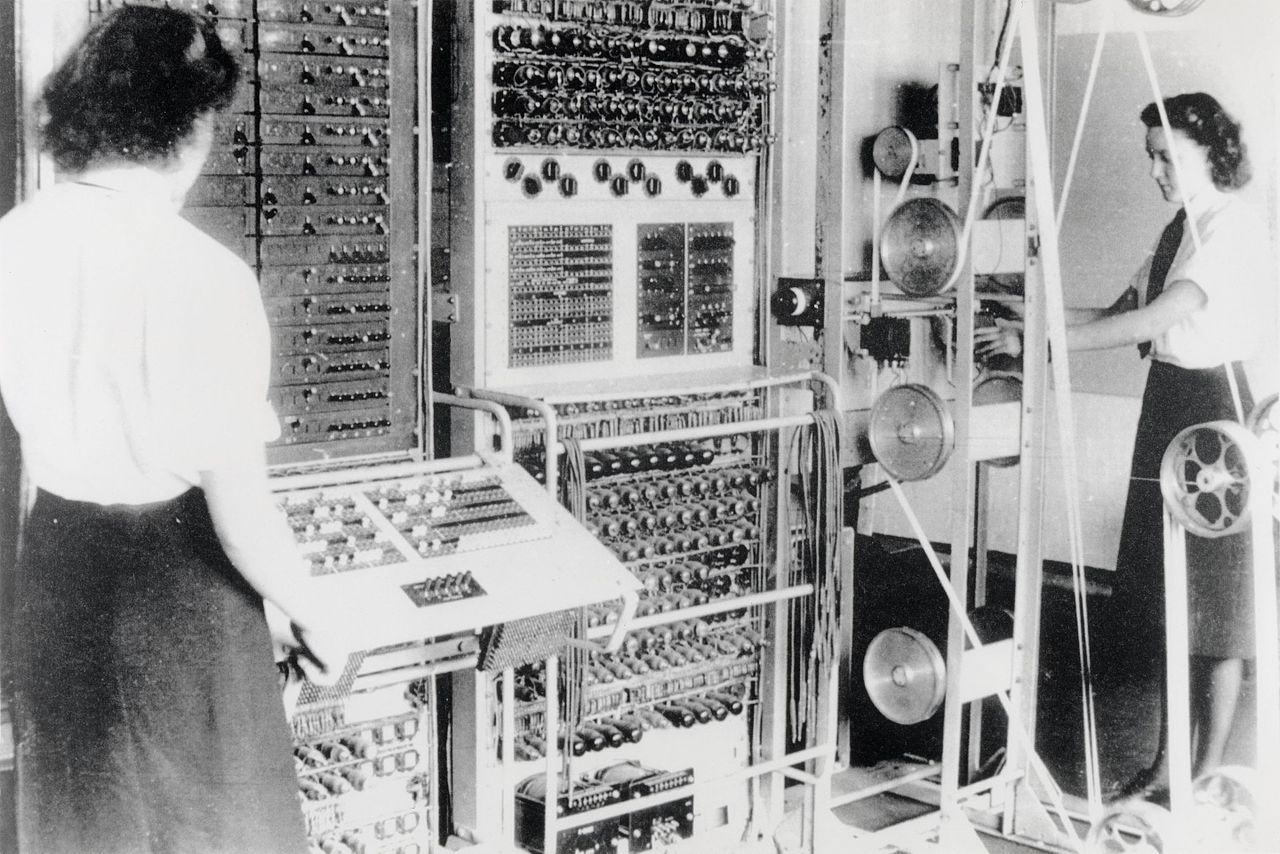
Following Colossus’s success the US government set to work on their very own version and by 1945 the ENIAC ((Electronic Numerical Integrator and Computer) just as catchy a name!) was born, though several times the size of the Colossus the ENIAC was much faster, and both devices just like those previously discussed had one or two people to operate it and a technician to maintain and service it.
New Vs Old
The only real major difference between the computers of old and modern day computers were the number of executing instructions they were capable of doing, as well as the means to storing that date so that it could be retrieved, reused and edited/adapted and resaved in it’s different forms, so as the abilities of computers advanced the means to store data and software became a much needed necessity. In 1936 English mathematician, theoretical biologist, logician and cryptanalyst Alan Turing wrote a thesis on stored-program computers but though the paper was popular, it wasn’t until almost 10 years later in 1945 that Turing was final asked to join the National Physical Laboratory to set to work on his idea and though an elaborate report was drafted the machine never materialised. Many others upon hearing this set to work in the hope that they too could be the first to make this ground-breaking storage computer, but while this competition was going on a small fairly unknown company based in Castlefield, Manchester UK on 21st June 1948 had unintentionally introduced the first electronic stored program computer.
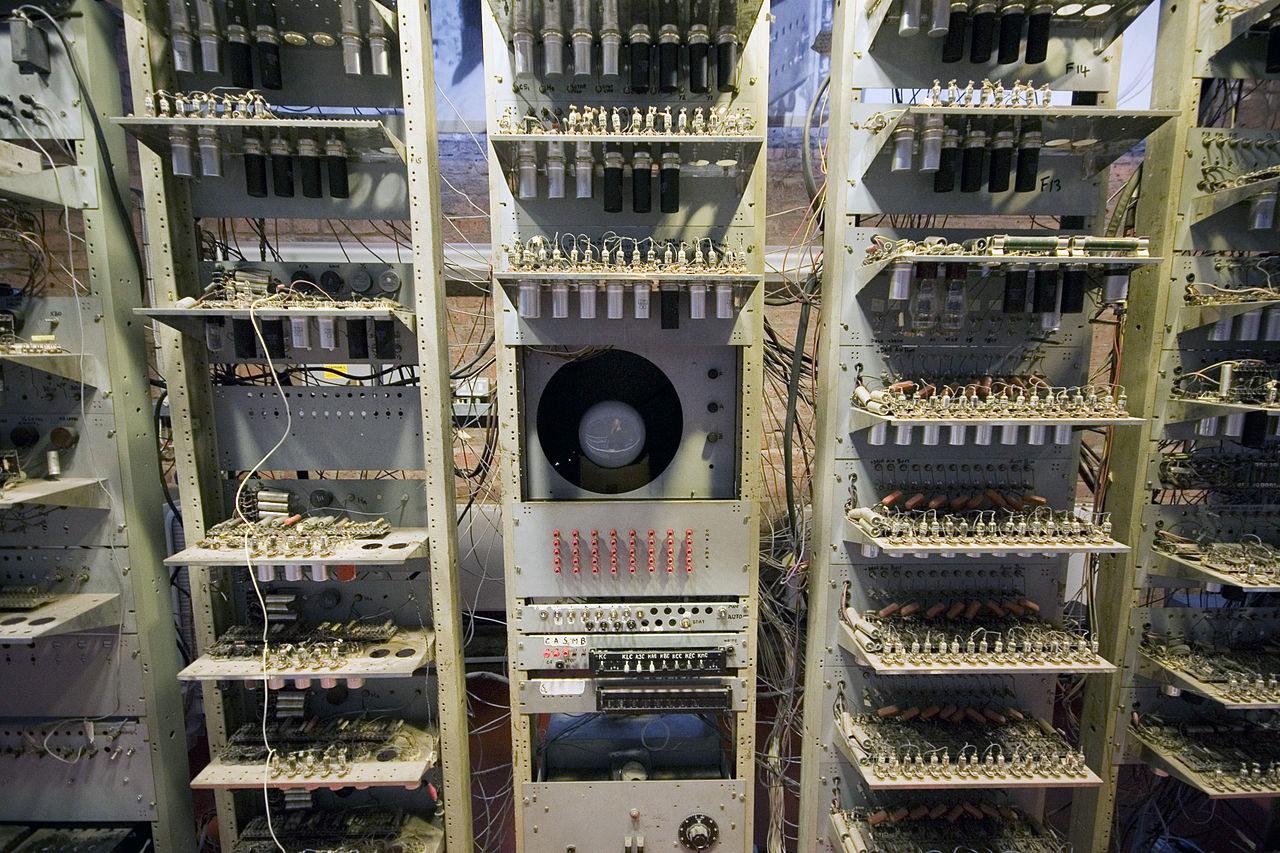
Image by Parrot of Doom on Wikipedia
The Baby or Manchester Baby was a Small-Scale Experimental Machine (SSEM), well small by the standards of the day, not by modern standards. It was created by Frederic C. Williams, Tom Kilburn and Geoff Tootill at the University of Manchester as a primitive testing tool to work alongside the Williams tube (the first form of computer memory in existence built by Williams and Kilburn in 1946), little did they know that the Baby working in conjunction with the Williams tube would demonstrate all the elements essential for electronic digital computers. The team then set to work on a more usable device and within months they had produced the Manchester Mark 1, however though the three men were able to design, develop, build and tweak the device it was fairly inoperable, it required the first of its type of operator to make it do amazing things, a programmer.
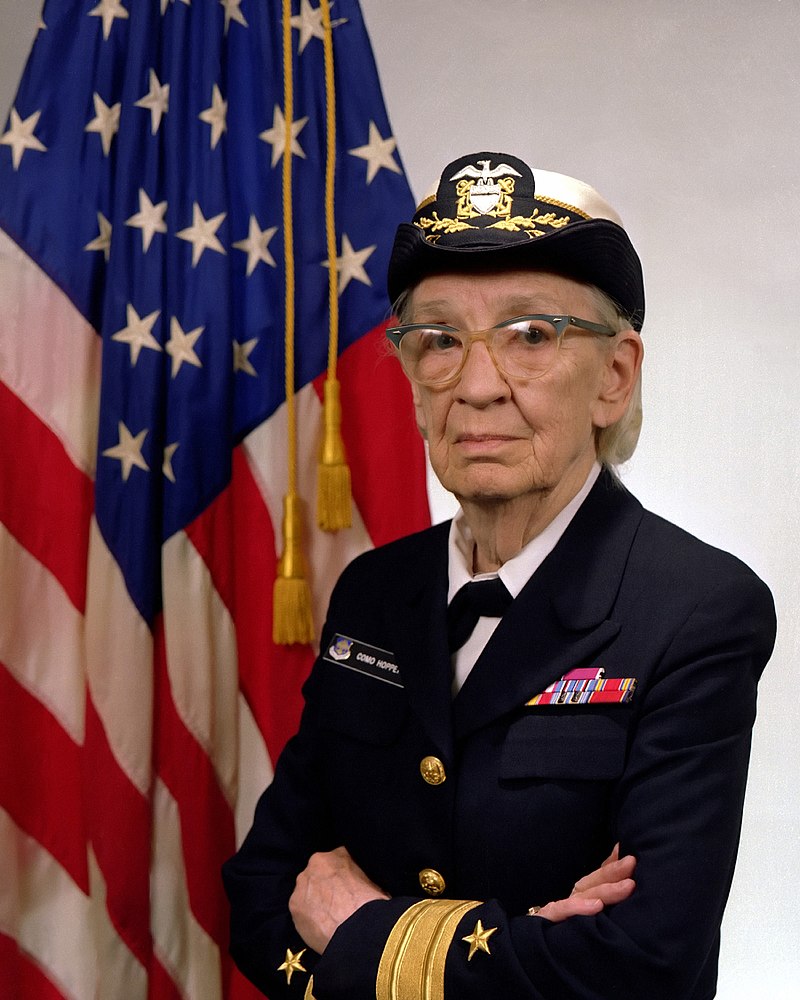
Image by United States Navy on Wikipedia
One of the first and the most recognised of these programmers was United States Navy rear admiral, Grace Hopper (née Murray) who pioneered the creation of a computer system program that takes one or multiple data sources and combines them into a single file, library, or other “object” executable files, Grace had essentially developed a program that translates computer code written in one programming language into another language. 🤯
Inevitably after this pinnacle moment the momentum in computer development ensued, however as these computers became more powerful they became bigger to the point you required entire buildings to house not even the most powerful of them, and not quite but almost an entire national grid was needed to power one. Come to think of it, that’s not actually all that different from today with vast data rooms with thousands of servers… But it was the number of large power hungry vacuum tubes that were the main issue, though they were the main source of converting energy to processing memory they took up too much space, therefore limiting what vacuum based computers could be applied to do, the computer needed an input/output amplify or switch just like the vacuum tube on a much smaller scale.
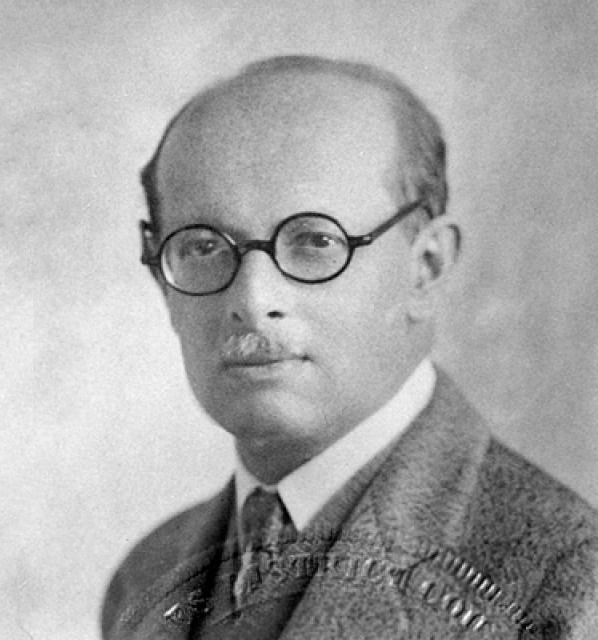
In 1926 Austro-Hungarian physicist Julius Edgar Lilienfeld had theorised a field effect transistor concept, how it would operate, how it should be designed… but as there was nothing at the time to test his concept on, the idea was shelved. By 1947 American physicists John Bardeen and Walter Brattain worked on an almost identical concept to Julius’s they called the point-contact transistor, the transistor which was exactly the same as those we use today, completely revolutionised not only computers but the entire field of electronics, there pretty much isn’t a modern electrical device in existence that doesn’t use one, they are the foundations of all semiconductors.
The first transistor based computer was in operation by 1953 and it wasn’t all that long after its launch that things went from strength to strength for computers. Computers not only helped people with their jobs, making calculations, communications… a whole lot quicker and with ease of use, they created jobs too, TLP Technology and the plethora of digital based companies like yours wouldn’t exist if it wasn’t for these incredible individuals and their magnificent creative minds.
Thank you for taking the time to read this article! If you enjoyed the content and would like to read more then be sure to follow us on either LinkedIn, Facebook or Twitter to be notified as to our new releases.
Alternatively if you would rather subscribe to our newsletter then please do so by entering your name and email address below:




